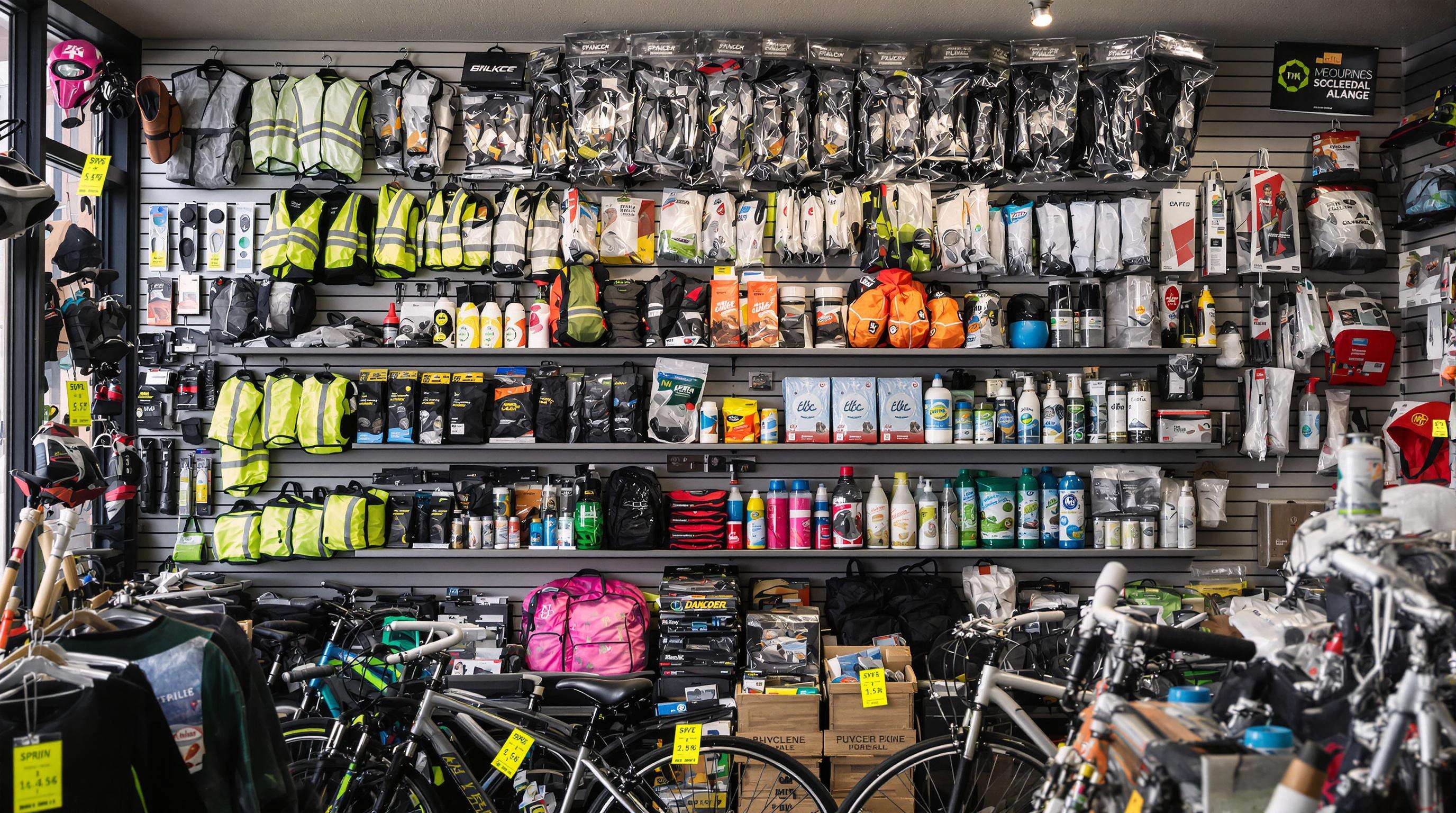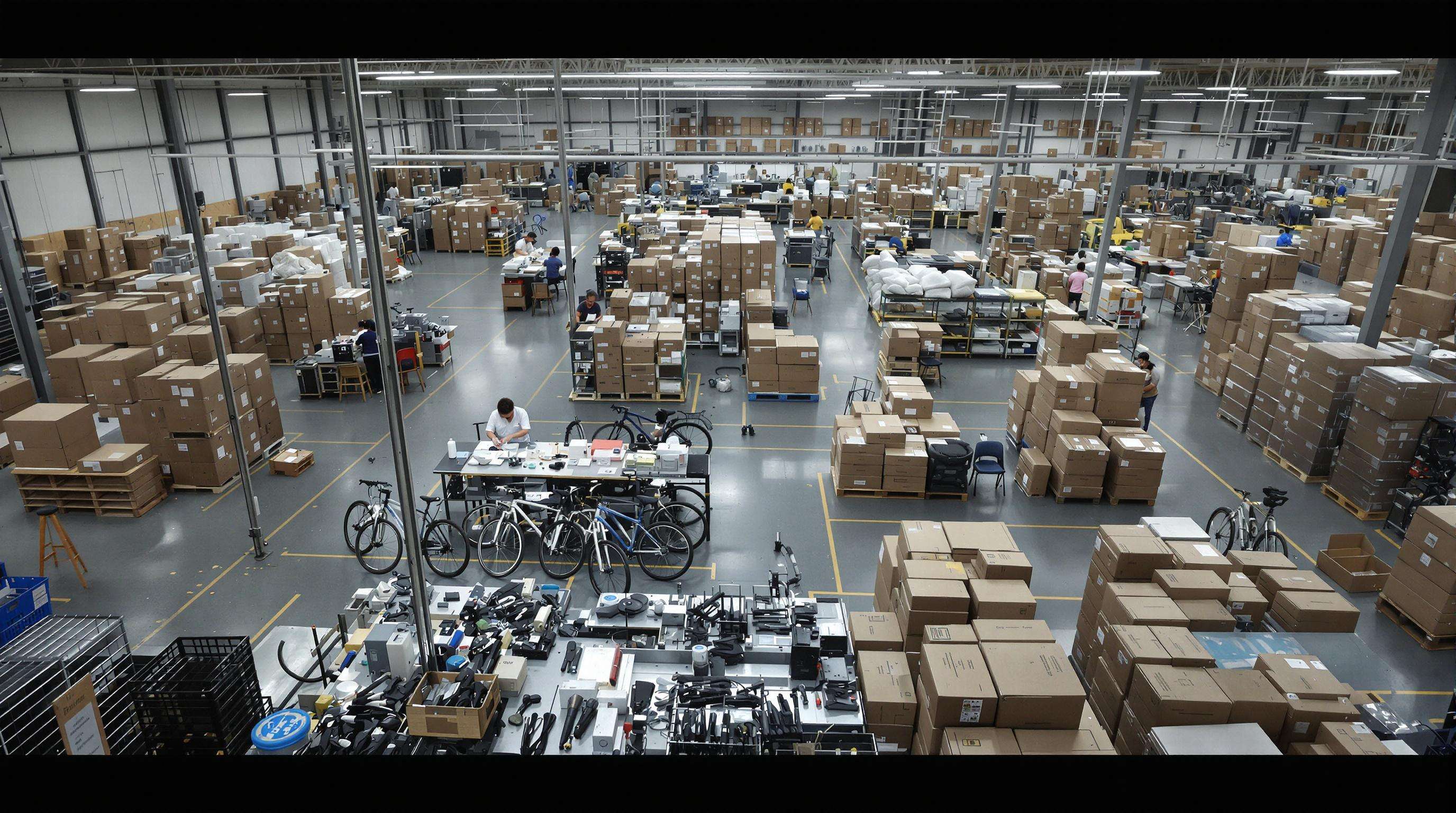
Most cyclists change what they buy depending on the season, with about 8 out of 10 adjusting their accessory shopping when the weather changes, per the latest Cycling Industry Trends data from 2023. When spring rolls around, folks start looking for things like water resistant bags and those shiny reflective vests again now that people are back on bikes in city traffic. Come autumn, everyone suddenly needs somewhere to keep their bikes safe, so sales of those protective covers really take off. And winter brings about a whole different set of needs too, with riders focusing more on cleaning supplies and tools to get their bikes ready for storage until next year.
There's been quite a jump in custom bike accessory orders lately, jumping around 40% between March and April as city folks get their wheels ready for spring riding. The numbers match up pretty well with what experts predict for the whole year ahead – somewhere around 4.2% growth in the North American market according to Market Analysis 2023. Then comes December again, that busy time of year where people start buying those fancy handlebar tapes with holiday themes and all sorts of customization kits that make great gifts. These items alone bring in about 32% of total fourth quarter sales. Manufacturers know this happens every year so they keep plenty of modular parts on hand, things like grips that can be swapped out easily or fenders that install without needing special tools. It's all part of staying ahead during these seasonal spikes in demand.
Demand for accessories stays pretty constant throughout the year in coastal cities, but things change dramatically up north where folks start needing gear that can handle freezing temps around October. Cities see a lot of interest in stuff that helps people get around safely, think bike locks and GPS trackers for daily commutes. Out in rural areas, sales tend to spike during summer months when trails come alive again after winter dormancy. Companies that actually pay attention to these local trends and adjust their manufacturing accordingly save about 18 percent on delivery times versus businesses sticking to one-size-fits-all production calendars. Makes sense really, since nobody wants to wait weeks for snow tires when the first frost hits.
Good seasonal design finds the sweet spot between lasting quality and what works best for different weather conditions. For summer riding, manufacturers often include breathable mesh material inside handlebar bags that helps wick away sweat, plus special coatings on fenders that stand up against sun damage and fading. When winter hits, riders need different stuff too. Grips lined with neoprene keep hands warm when temps drop below 45 degrees Fahrenheit, while hardware made from rust resistant alloys handles all that road salt and moisture without corroding. A recent study in the 2023 Rider Safety Report found something interesting about these weather specific upgrades. They actually cut down on yearly maintenance expenses by around 22 percent and make things last longer before needing replacement, stretching out the cycle from just 12 months to as much as 18 months in many cases.
Limited edition items create that sense of now-or-never shopping feeling. Take December's FrostGuard heated grips or those SolarShield fenders with extra reflective material in July - these special releases typically bring in around 40% more sales compared to regular products. The color changing powder coat on fall themed panniers really catches attention online, making people stop scrolling and check them out. We've seen social media interaction jump nearly three times what it normally would be. And don't get me started on those holiday lighting kits that snap together easily. When we bundle them as gift packages, customers tend to order ahead of time about 8 out of 10 times. Makes sense since folks want to have everything ready before guests arrive.
3D-printed mold systems cut prototype lead times by 63% compared to traditional CNC methods, enabling same-week validation for seasonal items such as snowboard-compatible racks. Modular attachment ecosystems–allowing mix-and-match fenders, bags, and mounts–reduce customization processing to 48 hours during spring demand spikes, as shown in the 2024 Micro-Mobility Production Study.
Instagram Reels and TikTok are really good for showing what goes on behind the scenes when it comes to craftsmanship stuff. Brands that post videos of people stitching leather saddles by hand or making those fancy metal fenders see way better engagement rates around springtime and holidays according to some report from last year called something like the 2023 Cycling Industry Report. There's also those themed video series out there, like Winter Ready in Four Weeks or Summer Build Series which actually help customers get excited about products while learning how they're made too. And don't forget about using countdown timers based on where folks ride their bikes most often. Take the Midwest for example, promoting mudguard sales starts working wonders if we begin advertising them roughly eight weeks ahead of those pesky spring showers everyone hates so much.
Getting customers to post their "Unboxing Ride" experiences online with tags like #MyCustomCruiser works wonders, and giving out prizes each quarter for the best ones keeps people coming back for more. We've found that live streaming special build events on important dates really grabs attention. Think Black Friday when we prototype new commuter pouch designs, or Valentine's Day workshops where folks can get their names engraved on frame bags. This approach borrows from what works elsewhere in retail but applies it fresh to our space. According to some recent market research from MarTech Alliance, websites see around 22 percent better sales when they let shoppers personalize stuff in real time, particularly when business is already picking up steam.

Supply chain demands require 180-day production buffers for critical components like brake systems and cargo racks. Using five-year order data reduces stockouts by 32% (Market Data Forecast 2024). Custom producers now implement phased inventory models:
| Strategy | Spring Peak (Mar-Jun) | Holiday Peak (Oct-Dec) |
|---|---|---|
| Raw Material Stock | 65% pre-purchased | 45% contracted |
| Labor Allocation | +40% temp staff | +25% overtime shifts |
| Warehouse Buffer | 90-day safety stock | 60-day buffer |
Historical trends show urban markets order 22% more reflective accessories during autumn’s darker hours compared to summer.
When it comes to seasonal products such as waterproof panniers, specialist manufacturers can handle demand surges of around 150 percent thanks to their distributed production setup across multiple locations. These companies work with cloud linked facilities that allow them to change tools within about 72 hours for special edition runs. Their shared manufacturing capacity manages well over 300 thousand custom orders each quarter. Prices also adjust based on what's happening in the aluminum market, which has gone up roughly 30 percent since 2021 actually. The whole system works so much better that the time between creating prototypes and getting products out the door drops dramatically from fourteen weeks down to just under three weeks during those busy holiday seasons when gift giving ramps up.
As spring approaches, urban riders prepare for the new cycling season, leading to an uptick in demand for bike accessories like water-resistant bags and reflective vests.
Companies use historical order data to plan inventory and production schedules, ensuring they meet increased seasonal demands while minimizing stockouts and reducing lead times.
Season-specific accessories such as heated grips, rust-resistant hardware for winter, and breathable fabrics for summer are some of the popular choices among cyclists demanding custom solutions.
Manufacturers use Instagram and TikTok to showcase their craftsmanship and seasonal launches through storytelling and user-generated content, driving greater engagement among cycling enthusiasts.
 Hot News
Hot News
© Copyright 2024 Shenzhen New Image technology Co., Ltd All Rights Reserved Privacy policy